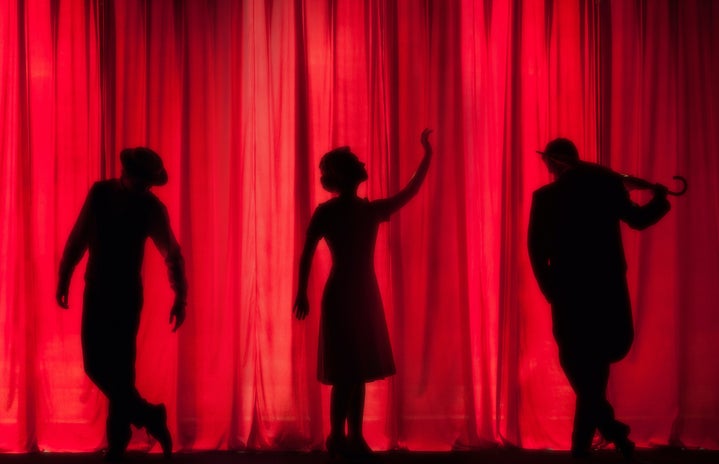★★★★☆
“It was perfectly haunting”
I’ll start with a confession: I had very little knowledge of Tennessee Williams’ original play before walking into the Warwick Arts Centre the night I watched the student adaptation of it. Sure, I had seen the original black and white film from the 50s years ago but that hardly makes me qualified to review it. I have also seen various clips of Paul Mescal’s performance as Stanley Kowalski from last year but, unfortunately, I was not watching them in full because of my passion for the original work. So, I wasn’t sure what I was to expect. Despite entering the studio with no concrete knowledge of the original play, and a crush on Paul Mescal, I left being unable to stop thinking about it.
A few days after the show, I found myself completely ignoring the large pile of texts I needed to read for my course, and instead took time out of my day to read the original play. The performance by the Warwick University Drama Society was riveting, endearing and allowed for continual re-interpretation of the societal complexities within the text. This incandescent production managed to imitate the austerity of class injustice through the Kowalskis but also perfectly captured the essence of Blanche’s tragic reverie. From all aspects of the cast and crew, it was a stunning experience.
The small studio provided a perfect intimate setting for the play’s tragic events to unfold. With some audience members even sitting beside the props, and the jazz band above us, from the get-go, we were transported to 1940s New Orleans. It was impossible not to feel fully immersed in the tension between the two sisters, to feel like we were interrupting the chemistry between Blanche and Mitch, and not to feel threatened beneath Stanley’s presence. This proximity with the actors also became elevated with the intricacies of the lighting direction, which cunningly reflected Blanche’s claustrophobia when confronted by Stanley: the tenderness of the soft, orange lighting contrasted with the threateningly harsh strobes.
The cast was irresistibly charming and a thrill to watch. The tumultuous micro-drama between the upstairs neighbours Eunice and Steve had the audience both roaring with laughter and stunned into silence through their fleeting scenes. The portrayal of the sensitive Mitch captured the audience’s hearts with his unmatched chemistry with Blanche. Even the ensemble of friends playing poker with Stanley had us cracking smiles or holding our breaths with fear. The performance of Stella, by Anna, was so utterly enchanting and yet so tragic, that it felt like it fit perfectly with a Lana del Rey song. It honestly felt like we, as an audience, were experiencing the manic highs and lows of the toxic relationship alongside Stella. Ultimately, it was the performance of both the protagonist Blanche DuBois and the villain, Stanley Kowalski that were so overwhelmingly puissant that they became unforgettable.
Lizzie was the perfect Blanche, perfectly capturing the complexity of this sympathetic and self-deceptive character. Her presence on stage commanded all of our attention and allowed us to believe that this third-year student was truly a thirty-year-old woman in New Orleans. Her embodiment of the role was so heart-rendering that, despite our condemnation of the character’s controversies, it was impossible not to feel intense pathos for her character and her fate.
But of course, a tragedy is only as good as its villains. It’s almost impossible to describe the excellence of Adam’s portrayal of Stanley Kowalski. His malevolent essence was brilliantly reimagined on stage. From his cruel utterances of dialogue to his subtle movements and interactions, we were left uncomfortable and as terrified as Blanche. Yet there was an endearing quality to his performance. As an audience, we felt petrified but fascinated by his antagonist plotting against Blanche and his outbursts of anger. It was perfectly haunting.
The band were as integral to the success of the show as the cast, underlaying the foundations of each scene with striking original music, inspired by the jazz music of its time. Every moment of happiness or deep anguish on stage became amplified through the interjections of jazz from the band, that captured the devastation of the tragedy within sheet-music form.
All of this culminated in the gut-wrenching execution of Blanche’s tragic finale. The abstract lighting, the masterful music and the invasive closeness of the audience all came together to aid Lizzie’s enthralling performance of Blanche’s nervous breakdown. By the time the play had finished, I was left overwhelmed by the emotions I felt towards the performance.
The atmosphere of the studio once the house lights came back on was undeniably changed by the performance itself. And in overhearing the conversations around me as I left the studio, it was clear that very few audience members were unaffected by this magnetic production.

